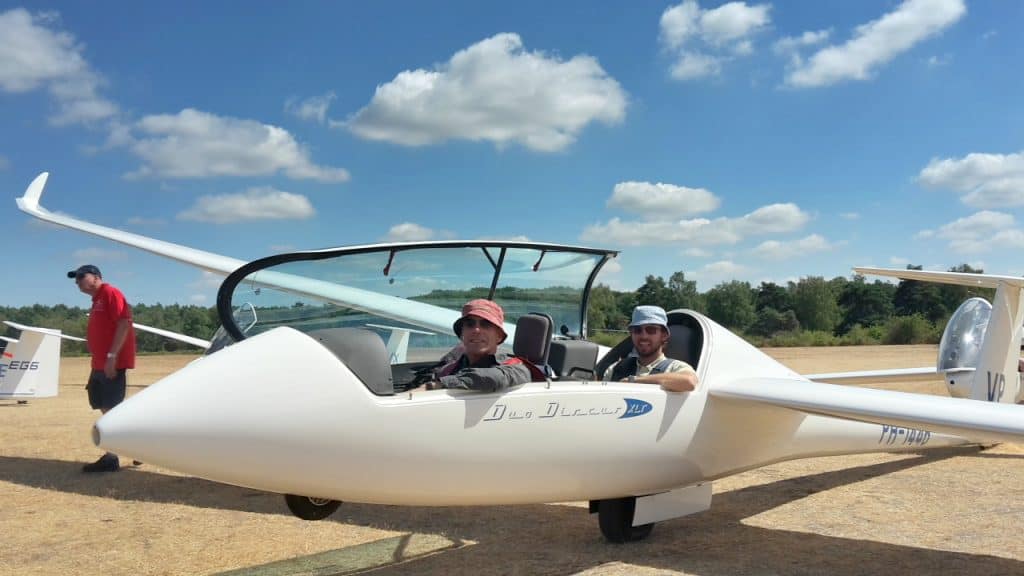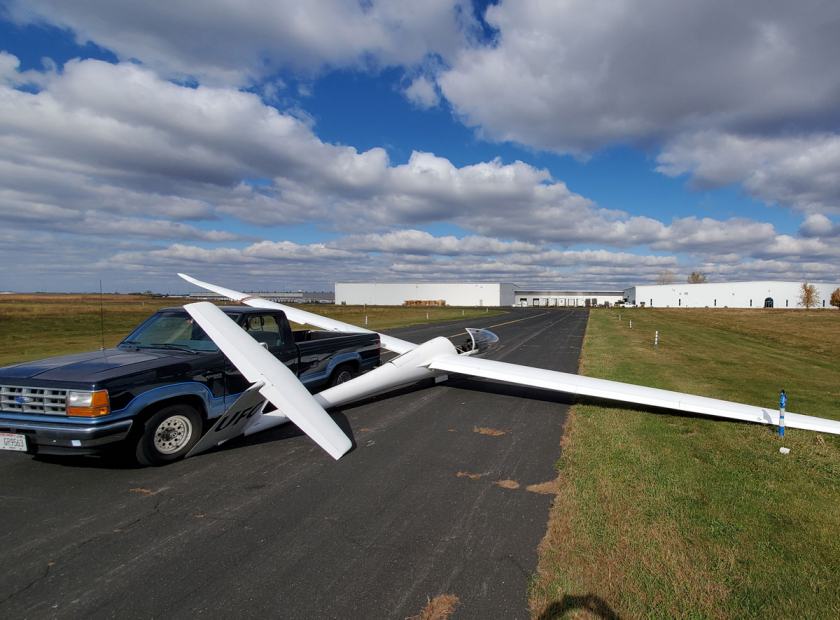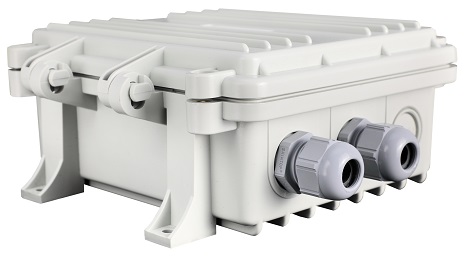

#LIGHT LOGGER CUMULUS SOARING DOWNLOAD#
Thereafter, whenever you plug the SYS'Nav in (USB) and turn it on, the tool will pop up, giving you options to download your flights and just about anything you'd want to do.

I am confident that if asked, Syride would implement any change they thought it was in the best interest of their customers.Īlthough it works well as supplied, it is worth spending a little time to customise the unit. Although it might be nice to be able to lower this filter, it would complicate the map screen by shading most of it over, so the current solution is well-considered. The low UK terrain soon disappeared from view as I climbed, because the unit currently only displays terrain above your altitude. I could navigate around airspace and orient myself relative to the ridge nicely. The map screen displays the task and terrain, with four zoom levels which I found perfect, instead of the usual endless zooming of other instruments. That's what I need most, and it all fits on the screen with wonderful clarity.Ī second screen displays the details of the nearest airspace, for when I'm on glide and can process the info (violation! I live in Gatwick CTR). And it made me simplify my needs: Heading and speed altitude and remaining altitude to airspace ceiling average vario windspeed and direction. The limited space on the SYS'Nav forced me to think very clearly about my information priorities. This adds a mental load on the pilot, and makes it harder to find the info you need while thermaling with three hang glider pilots in strong crosswind on a ridge and the sun in your eyes. Every box adds something that on its own seems useful but it's easy to overpopulate your screen with things, because you might need them. There are many instruments available these days with a plethora of information boxes. I found the SYS'Nav to be a welcome relief from complexity. It is details like this that make the unit stand out – the user interface has been studied, simplified, and it really works! Want the beeping to stop on launch? Just press the red button (sound mute).

The thoughtful product design soon becomes evident. On the riser, the buttons are also very easy to find and press, so shifting between the various screens was obvious and effortless, even while holding the brakes in a turn. When placed beside other instruments the SYS'Nav screen was easy to read in sunlight, and for low-light situations (?) there is an optional backlight. Unless the sun is really low in the sky you're unlikely to get a reflection, unlike the things on your flight deck. Because of this, it's ideally suited to being strapped onto the base of your riser, where it provides the most visible position of any instrument I've flown with, with the added benefit of reduced screen glare. It's exceptionally light, but feels sturdy enough to tolerate the usual flying abuse. It leads the mid-range-instrument field, and threatens some of the high-end instruments too, offering a powerful navigation solution based on minimalism and simplicity. The more I used it, the more impressed I became. It's easy to overlook this diminutive instrument because of its size and remarkably low price.

I first noticed the SYS'Nav after Andrew Craig's review in Skywings Magazine.
#LIGHT LOGGER CUMULUS SOARING SERIAL NUMBERS#
The ring is not used in the main structure of the harness, it supports the lumbar and pelvic setting only.įor more details and serial numbers concerned, see the full safety notice. There is a potential problem on the forged rings of the Kolibri harness, which may break under load.


 0 kommentar(er)
0 kommentar(er)
